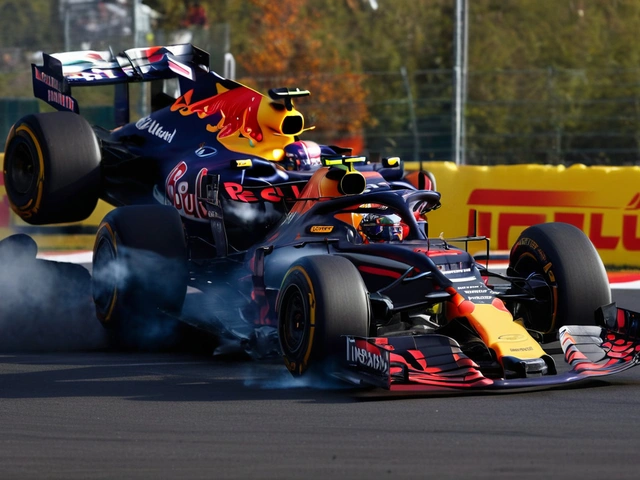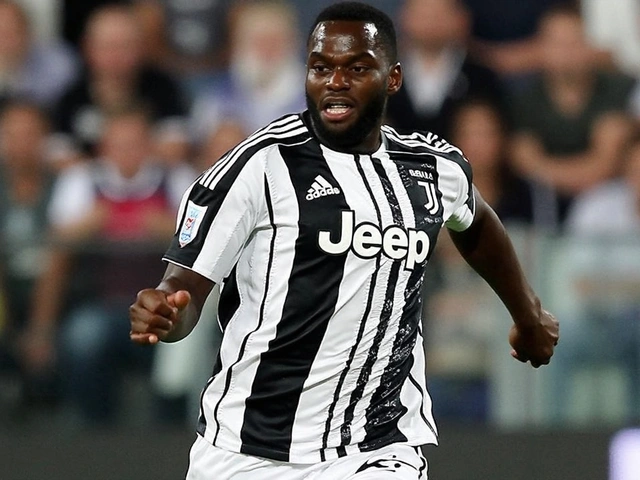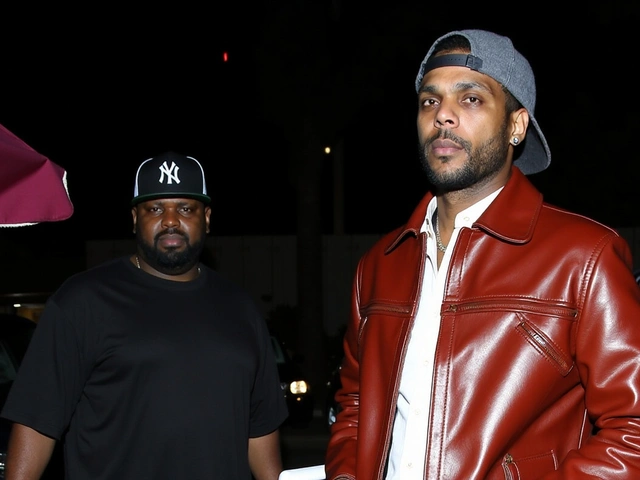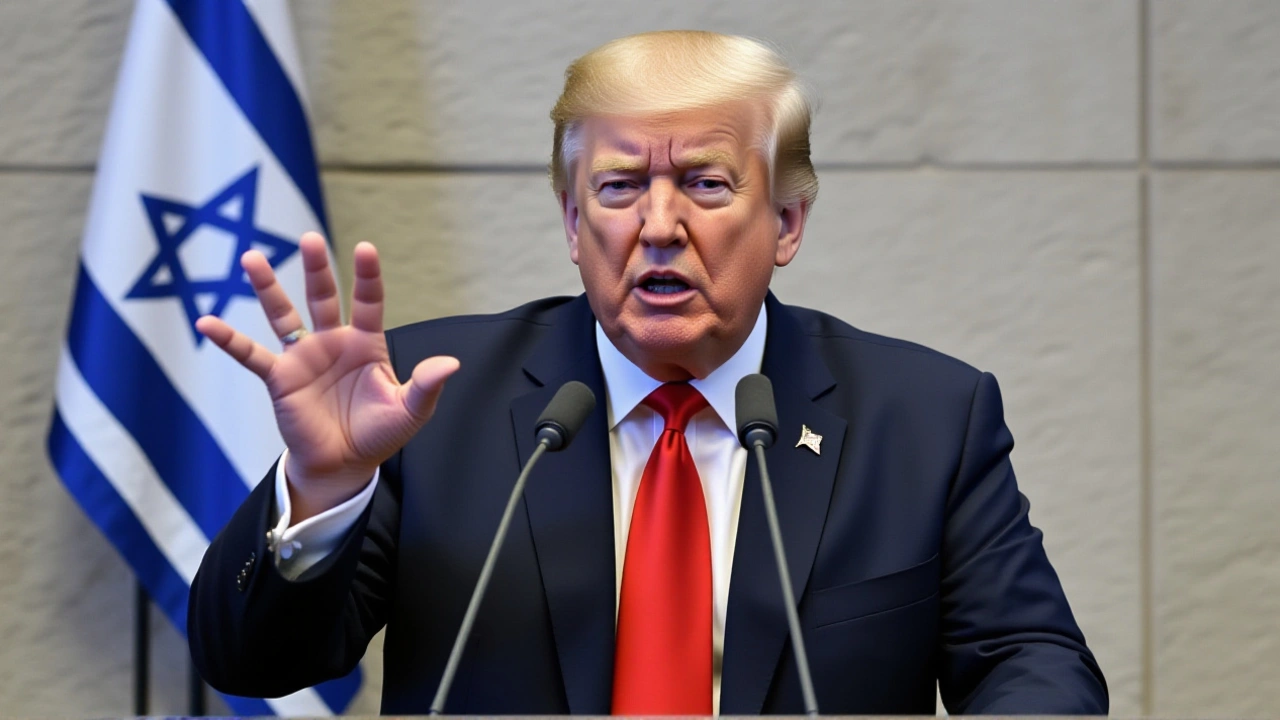Ceasefire – Latest News and Analysis
When talking about Ceasefire, a temporary halt to armed fighting agreed by opposing sides. Also known as a truce, it gives space for negotiations, humanitarian relief, and a chance to prevent further loss of life. A ceasefire doesn’t end a war – it pauses it, creating a window for deeper solutions.
One of the biggest building blocks behind any ceasefire is Conflict resolution, the process of addressing the root causes of a dispute through dialogue, mediation, or arbitration. When parties agree to stop shooting, they usually start a conflict‑resolution track that maps grievances, identifies common interests, and outlines steps toward lasting peace. In practice, conflict resolution requires trusted mediators, clear communication channels, and a willingness to compromise. It also enables humanitarian actors to move safely into affected areas.
How Humanitarian Aid Gains Ground During a Ceasefire
Another critical piece of the puzzle is Humanitarian aid, the delivery of food, medical supplies, and shelter to civilians caught in conflict. A ceasefire creates the security corridor that NGOs need to reach hospitals, schools, and displaced families. Without that pause, aid convoys risk attacks, and civilians stay trapped without essential services. The link is clear: Ceasefire → Humanitarian aid → Reduced civilian suffering. Recent examples from African conflict zones show that even short‑term pauses can save thousands of lives and prevent disease outbreaks.
The international community often jumps in to monitor and enforce ceasefires. The UN peacekeeping, a roster of multinational troops and observers tasked with maintaining stability is a common guarantor. UN peacekeepers patrol buffer zones, verify compliance, and report violations. Their presence adds credibility, making it harder for any side to break the agreement without attracting global condemnation. In many cases, UN peacekeeping forces also coordinate with local authorities to rebuild infrastructure once the fighting stops.
Putting these ideas together, you can see a chain of relationships: a ceasefire encompasses conflict resolution, conflict resolution requires humanitarian aid, and humanitarian aid benefits from UN peacekeeping support. This web of connections explains why a single truce can trigger a cascade of positive outcomes, from reduced casualty numbers to the reopening of schools and markets.
Below you’ll find a curated list of the most recent stories that illustrate how ceasefires are negotiated, monitored, and put into practice across the continent. Whether you’re tracking a high‑profile peace bargain in a capital city or a local pause that lets aid trucks reach remote villages, the articles give you a front‑row seat to the real‑world impact of these fragile agreements.
So, keep scrolling to see the latest updates, expert analysis, and on‑the‑ground reports that show how ceasefires shape the political and humanitarian landscape today.






